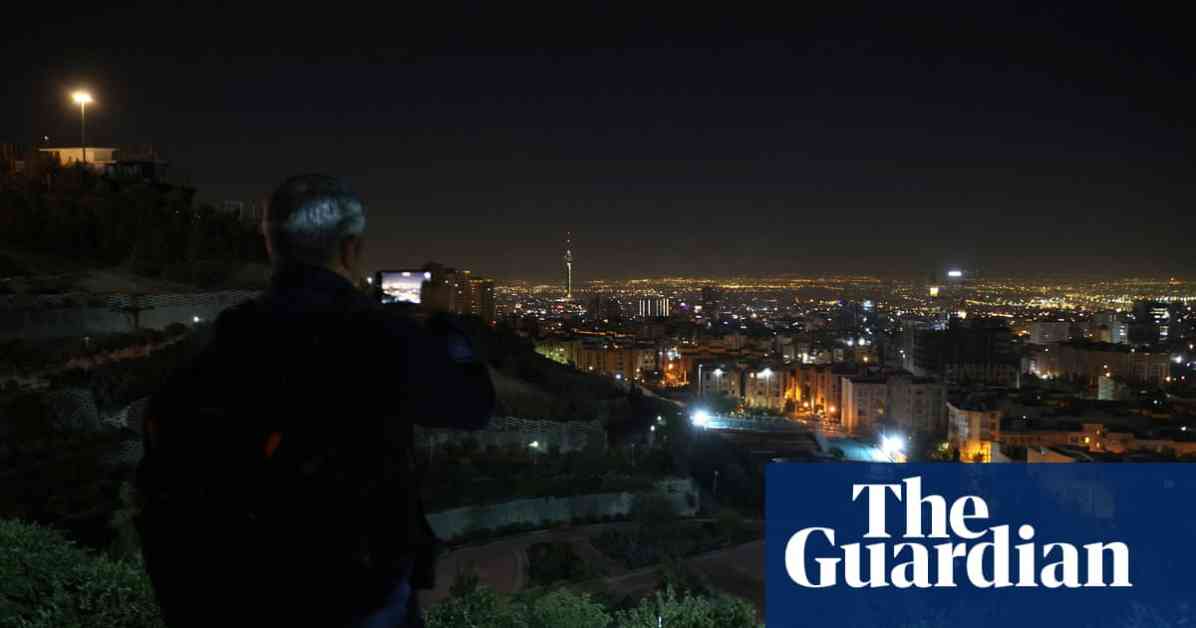Israel has taken direct action against Iran by launching airstrikes on military sites, escalating tensions in the Middle East and potentially drawing the US into a regional conflict. The Israeli military reported that the air attack had been completed, targeting missile manufacturing sites and aerial defenses in several areas within Iran. This move comes after Iran’s missile barrage on October 1st, which saw about 180 ballistic missiles fired toward Tel Aviv and military bases.
The United States, Israel’s ally, did not participate in the strikes but worked with the Israeli government to ensure a low-risk attack with no civilian casualties. The US official described the strikes as precise and extensive, aiming to deter future attacks and degrade Iran’s capabilities to launch further assaults. The US sees this operation as an end to the direct military exchange between Israel and Iran, following a similar incident in April.
The Israeli Defense Forces (IDF) confirmed the attack on Iran, marking a significant shift in the long-standing conflict between the two nations. The IDF stated that the strikes were in response to continuous attacks from Iran against Israel, emphasizing the right to self-defense. The attacks were expected retaliation for Iran’s missile barrage and other provocations against Israel.
Before launching the airstrikes, Iran had warned that there were no red lines in defending itself, indicating a willingness to respond to any threats. However, an Iranian Revolutionary Guards commander suggested that Tehran might not retaliate further if Israel’s attack was limited and did not cause casualties. This cautious approach reflects the delicate balance of power in the region and the potential for full-scale hostilities.
The conflict between Israel and Iran has broader implications for the Middle East and the global community. The US is concerned about being drawn into the fighting and potential disruptions to the oil industry. The situation is further complicated by the involvement of Iranian proxies in Syria, Iraq, and Yemen, adding to the complexity of the regional dynamics.
As Israel continues to defend itself against Iranian threats, the risk of a wider conflict looms large. The recent airstrikes highlight the escalating tensions and the challenges of maintaining stability in the volatile region. The world watches closely as the situation unfolds, hoping for a peaceful resolution to the longstanding animosity between Israel and Iran.












